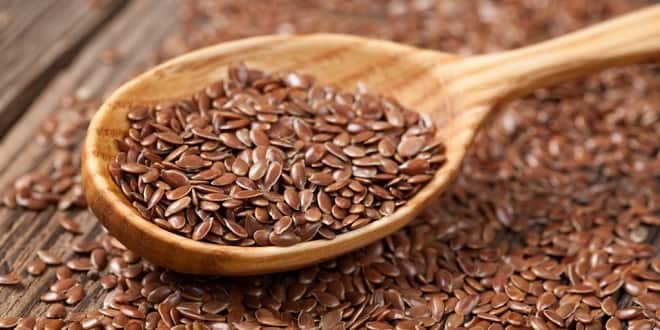Functional Attributes of Traditional Foods: The Role of Phytochemicals ( Inês J. Seabra )
1. Why Portuguese cuisine is so rich?
2. Functional foods from plant sources
3. Phytochemicals
4. Solid-liquid extraction methodologies
1. Why Portuguese cuisine is so rich?
It all as to do with History!
First humans arrived in what is today known as Portugal about 10,000 BC, entering between the shore and the west end of the Pyrenees.
In 2,000 BC the Iberians arrived, maybe from North Africa. Then the Celts arrived and at the same time, a handful of Germans (who were farmers) with wagons for transporting what they needed. They settled in the North where forests were rich and abundant and wild game, honey and even shellfish was added to the menu. Nuts and chestnuts were gathered, roasted and used to make bread.
The inhabitants of Portugal thrived and so foreigners arrived, settled and introduced more foodstuffs, more habits and more traditions. Then Celtiberians and Lusithanians arrived. Then Romans conquered Iberia. They introduced olives, onions and garlic, 3 ingredients which are indispensable in Portuguese cuisine. The Moors arrived in Spain in 711, planning to invade Europe but they pretty much stuck to the south, the Algarve and Alentejo. The Moors brought new irrigation systems, turned barren areas into rich agricultural land where they, very successfully, planted almond, fig and citrus trees. It was at this stage that new ingredients in the form of rice and spices were also introduced and the locals were taught fascinating new cooking techniques.
Later, Columbus went on the acquisition trail and he brought back spices like coriander, saffron and ginger as well as potatoes, tomatoes, peppers and Portuguese food took on another dimension.
Fascinated by the east, Vasco da Gama took a trip and discovered the sea route to India and the far east, bringing back even more exotic spices. It was on these trips that the famous bacalhau and cured pork became standard fare for sailors on the long voyages to the far east.
2. Functional foods from plant sources
Overwhelming evidence from epidemiological, in vivo, in vitro, and clinical trial data indicates that a plant-based diet can reduce the risk of chronic disease, particularly cancer.
These biologically active plant chemicals, are now known as phytochemicals or plant secondary metabolites.
Tomatoes
Tomatoes have received significant attention because of interest in lycopene, the primary carotenoid found in this fruit, and its role in cancer risk reduction.
Is one of the main ingredients of Mediterranean cuisine Mediterranean cuisine (of which PORTUGUESE cuisine is a VERY GOOD example) is a vegetable-dominant cuisine. The most prevalent ingredient is olive oil. Eggplant, artichokes, squash, tomatoes, legumes, onions, mushrooms, okra, cucumbers, and a variety of greens are served fresh, baked, roasted, sautéed, grilled and puréed.
Garlic
Garlic is likely the herb most widely quoted in the literature for medicinal properties. The health benefits of garlic are numerous, including cancer chemopreventive, antibiotic, anti-hypertensive, and cholesterol-lowering properties.
…




